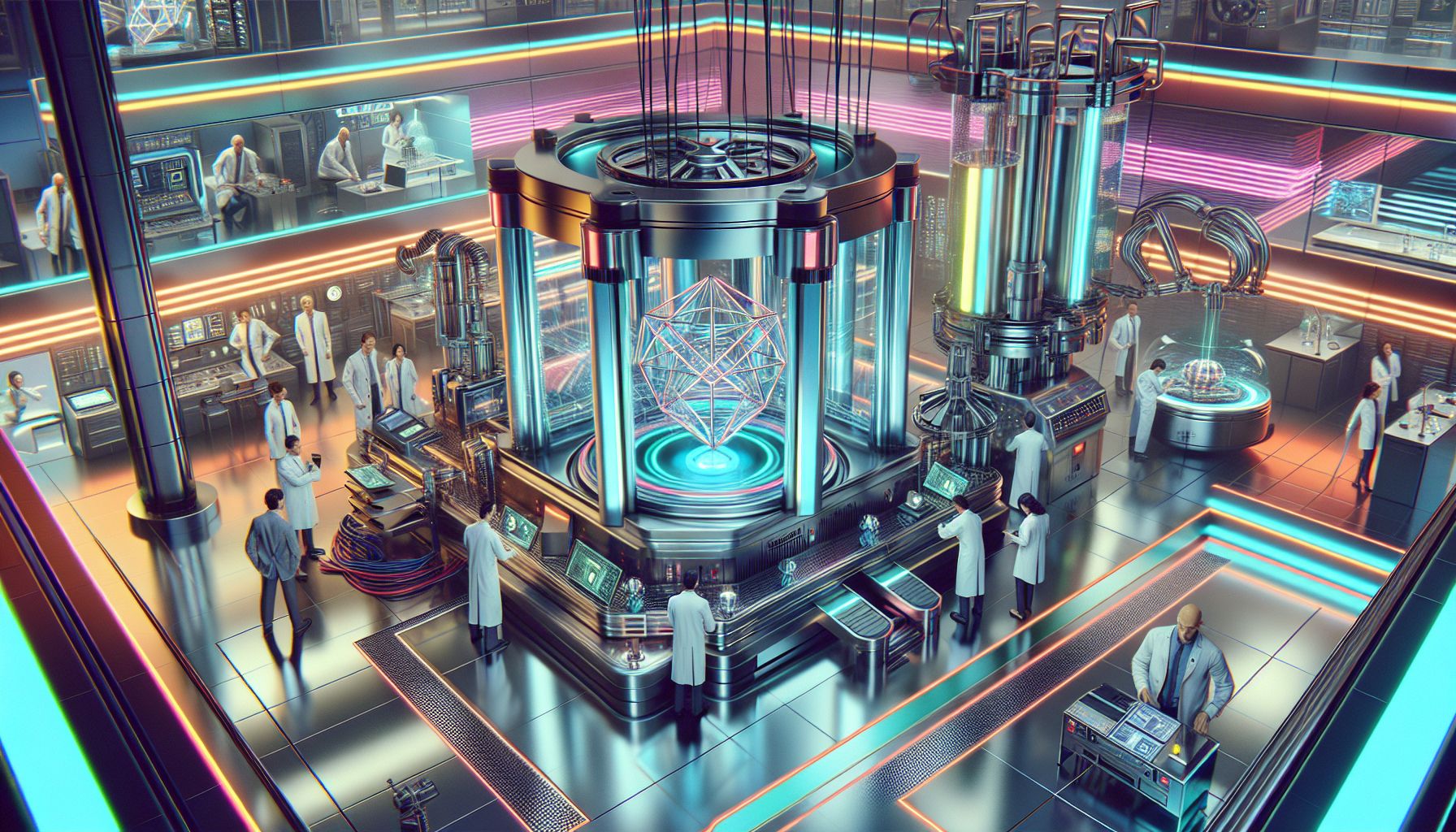Magnetic Marvels: Cooling Hydrogen to New Lows

Sydney, Tuesday, 5 November 2024.
I’ve stumbled upon a cool breakthrough - literally! Scientists have created crystals that use magnets to chill hydrogen to a frosty -253°C. This isn’t just party trick science; it’s a game-changer for storing and transporting hydrogen fuel. No rare earth metals needed, just clever chemistry making our green future a bit more achievable.
The Science Behind the Chill
Imagine a world where hydrogen, the clean fuel of the future, can be stored and transported with ease. This dream is slowly becoming a reality thanks to a novel magnetocaloric material. Developed by researchers at the University of Groningen, this material can cool substances to a bone-chilling -253°C using magnets. The magic here lies in the magnetocaloric effect, where magnetic fields align atoms, causing temperature changes. When the field is removed, the material cools down, making it perfect for liquefying hydrogen[1].
Why This Matters
I know what you’re thinking: why all the fuss about super-cooled hydrogen? Well, liquid hydrogen is a powerhouse for energy storage. It’s efficient, potent, and clean. But getting hydrogen to its liquid state, which means cooling it down to 20 Kelvin, is no small task. Traditional methods are energy hogs and environmentally unfriendly. This new magnet-based method cuts down on energy use and skips the need for harmful refrigerant gases, making it a win for both science and the planet[2].
A Peek Into the Future
The implications are huge. Imagine hydrogen powering cars, airplanes, and even storing excess renewable energy. Dr Graeme Blake, the mastermind behind this innovation, believes that their material could slash costs and environmental impact. And they’re not stopping here. The team is already exploring ways to enhance the material’s magnetocaloric properties using elements like iron or manganese. The potential for this technology to revolutionise the hydrogen economy is enormous[1][2].
The Road Ahead
Of course, no scientific journey is without its hurdles. Safety, for instance, is paramount. Managing liquid hydrogen systems requires robust safety valves to ensure operations remain safe at such low temperatures. But with the dedication of researchers and the promise of further innovations, the dream of a hydrogen-fuelled future seems closer than ever. As we continue to push the boundaries of what’s possible, it’s clear that the future is not just green—it’s also a little bit cooler[1][2].